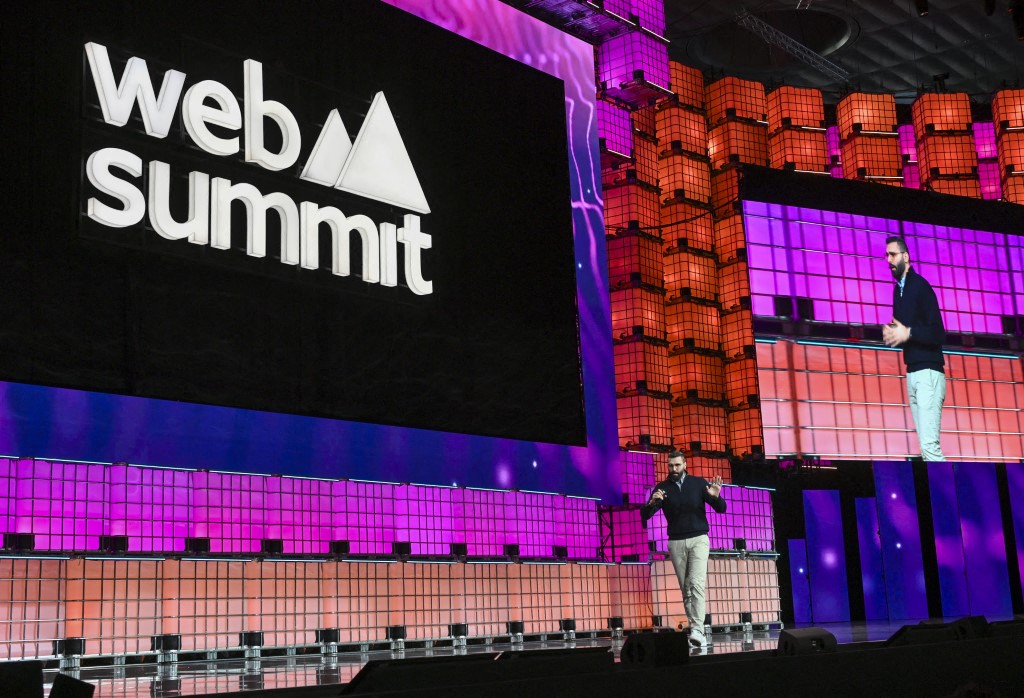The media sector in Saudi Arabia, much like the country itself, is undergoing massive changes. In April 2017, new ministers for Culture and Information and Communications and IT were appointed with the responsibility of reshaping the media landscape of the Kingdom. Later in the year, MBC’s hard-hitting host of Al Thamina (Eight o’clock), Dawood Shirian, was appointed as head of the Saudi Broadcasting Corporation.
These appointments combined with the scheduled opening of 300 cinemas by 2020, a $166.4 million creative hub called Saudi Media City, and $32.8 million being pumped into broadcast facilities, among other such initiatives, are a testament of the Kingdom’s plans of reshaping the Saudi media landscape, $879.8 million allocated for culture and media by 2020 as part of the National Transformation Programme (NTP).
READ: Saudi to soon have 50,000 digitally-savvy women… thanks to this tech giant
As the government lays down its plans for the transformation of the media industry, organizations within the industry also find themselves needing to lay down similar plans. Saudi Arabia has more than 44 million mobile phone subscribers and an 88 percent rate of smartphone ownership, according to the Communications and Information Technology Commission (CITC). It’s no surprise then that 53 percent prefer reading news online with only 23 percent favoring print, according to a 2017 poll conducted by the National Center for Public Opinion Polls at the King Abdulaziz Center for National Dialogue (KACND).
The high Internet penetration and smartphone use in the Kingdom combined with a young population (almost 60 percent is under 30 years of age) has created unique opportunities – and challenges – for media.
The print industry, for instance, has been seeing a steady decline with ad spends on newspapers falling seven percent each year between 2014 and 2016, and 34 percent in the first half of 2016, according to Al Khaleejiah, an advertising and PR agency part of Saudi Research and Marketing Group (SRMG). The group’s news and general magazine firm, Saudi Research and Publishing Company (SRPC), saw revenues fall 33.7 percent from 2015 to 2016.
READ: All you need to know about the 1st Arab Women Forum in Saudi Arabia
Al Khaleejiah predicts regional newspaper revenues to shrink by close to 30 percent by 2020, which won’t really be offset by a forecasted 11 percent growth in digital.
Although this paints a bleak picture of the future, it is an opportunity in disguise.
For instance, Saudi-owned Middle East Broadcasting Company (MBC) is growing into an international organization with Hollywood partnership. “It [MBC] will be responsible for important partnerships between Saudi Arabia and international organizations and Hollywood,” said MBC’s group TV director Ali Jaber during a panel at the Arab Media Forum in Dubai.
At a government level, too, the Kingdom is forming diversified partnerships. In April, Saudi Arabia’s Crown Prince Mohammed bin Salman met Warner Brothers CEO Kevin Tsujihara in the US to discuss media and cultural partnerships as the media conglomerate eyes Saudi Arabia for more of its brands. During the meeting, they exchanged talks about partnership opportunities in the fields of media, entertainment and culture, as well as research opportunities for Saudi youth.
Prince Salman also visited Apple’s headquarters in San Francisco to discuss partnership opportunities on a number of projects. His US trip also included meetings with Amazon’s Jeff Bezos and Disney’s Robert Iger, with potential of a Disneyland in Saudi Arabia.
Saudi Arabia is a unique market as it is one of the few markets in the world where the publishing industry sees more ad spend than TV. In fact, it is a lucrative market for other Gulf publishers. Lovin Dubai, for instance, launched its Saudi edition late last year. At the time Richard Fitzgerald, managing director of parent company Augustus, said, “Expansion into the Saudi Arabia market makes consumer and commercial sense. There is vast consumption and usage of social media platforms in the Kingdom; however, there aren’t any millennial-focused platforms. Additionally, by running Lovin Saudi in English, we will be geared towards a generation that have mostly studied abroad. Although the content will be geared towards providing the definitive inside track for those living and visiting Saudi Arabia, it will also become a key platform as KSA advances towards achieving its Vision 2030.”
READ: Arab News to become first Saudi gender-balanced newspaper in 2 years
Existing print players, however, will have to digitize and diversify in order to survive. One such example is that of SRMG, which signed a partnership with Bloomberg in September 2017. The new partnership will see SRMG producing a 24/7 television and radio network and a dedicated digital platform, publish Bloomberg Businessweek magazine in Arabic and launch a new conference and live events series, according to Bloomberg. SRMG also acquired a controlling stake in Argaam Investment and Trading Company, which owns online publications Argaam. com and Akhbaar24.com, in October 2017.
The latest from the group is the rebranding of one of SRPC’s titles, Arab News, which is one of the leading English-language dailies in the region. While the group is continuing its diversification, the publication, too, has opened new bureaus around the world and plans to continue its own diversification and digitization. With a new design, editorial strategy, digital plan, and tagline – “The Voice of a Changing Region” – Arab News, much like its home country, is transforming itself.






